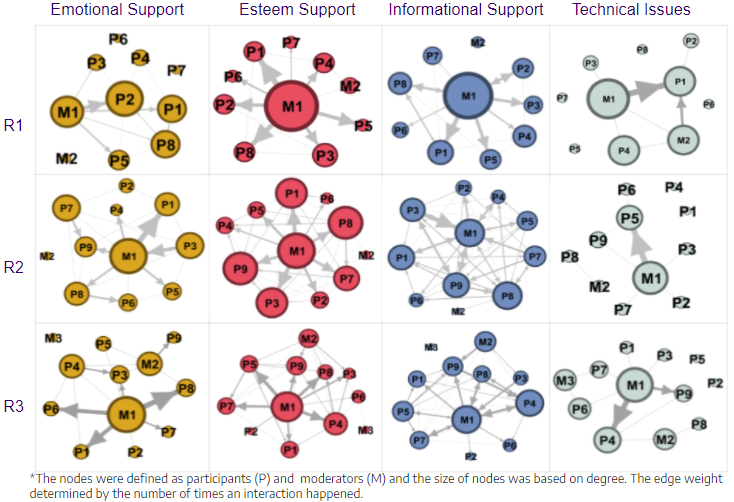
Relationship Between Cognitive Bias and Expertise
Domain expertise plays a significant role in visual data analysis. In the best case, domain expertise allows people to effectively guide analyses
based on prior experiences. However, a lack of domain expertise can sometimes lead people to fail to recognize their actual performance when making decisions.
In this project, we aim to replicate a cognitive bias- Dunning-Kruger (D-K) Effect in visual decision making. The D-K effect refers to a phenomenon
in which unskilled people tend to overestimate their performance in certain tasks, while skilled people are inclined to underestimate their performance.
Besides, we also investigate the behavioral patterns behind this cognitive bias by analyzing interaction logs collected during the user’s task, by using
well-known machine learning algorithms. Check later for more publications!
As a lead-author of this project, my contributions included evaluating research ideas, designing experiments to detect this bias in the context of visualization,
implementing the interface used in the task, conducting a user study, quantitatively analyzing the results, and writing the paper.

Characterizing User Engagement Within an Online Health-related Community
Online health communities (OHCs) are vital platforms for people to share experiences,
seek health information, and exchange support. Existing work has examined the interaction between moderators or discussion facilitators and participants,
in OHCs by analyzing the content of communication. But content exchange is only a part of interaction. For this, we employ a combination of
content analysis and social network analysis to explore moderator and participant interaction patterns within VOCALE, a health-related online
community designed to facilitate health management and problem-solving in people age 65 and older experiencing bothersome age-related symptoms
such as fatigue, weakness, and walking difficulty. In this project, we aim to address three research questions: (1) What kinds of informational and support interactions did members of the
online community provide one another? (2) What is the relationship between informational interactions and
social network structure? (3) what role did moderators play and how did they affect participants’ information behavior with VOCALE?
As a lead-author of this project, my contributions included evaluating research ideas, qualitatively and quantitatively analyzing the results, as well as writing the paper.

Synthesizing Design Space of Belief-Driven Visualizations
The process of forming, expressing, and updating beliefs from data plays a critical role in data-driven decision making. Eliciting
those beliefs effectively has potential for high impact across a broad set of applications, including increased engagement with
data and visualizations, personalizing visualizations, and understanding users’ visual reasoning processes which can inform
improved data analysis and decision making strategies, e.g., via bias mitigation. Recently, belief-driven visualizations have
been used to elicit and visualize readers’ beliefs in a visualization alongside data in narrative media and data journalism
platforms such as the New York Times and FiveThityEight. However, there is little research on different aspects that constitute
designing an effective belief-driven visualizatiton. For example, there is no systematic guidance for visualization designers on
what design dimensions they should consider.
In this work, we aim to construct a design space for belief-driven visualizations based on formative and summative interviews to guide the design process.
Check later for more publications!
As a core member of this project, my contributions included collecting examples related to belief elicitation from news outlets and leading to code
these examples within our proposed design framework as well as writing the paper.